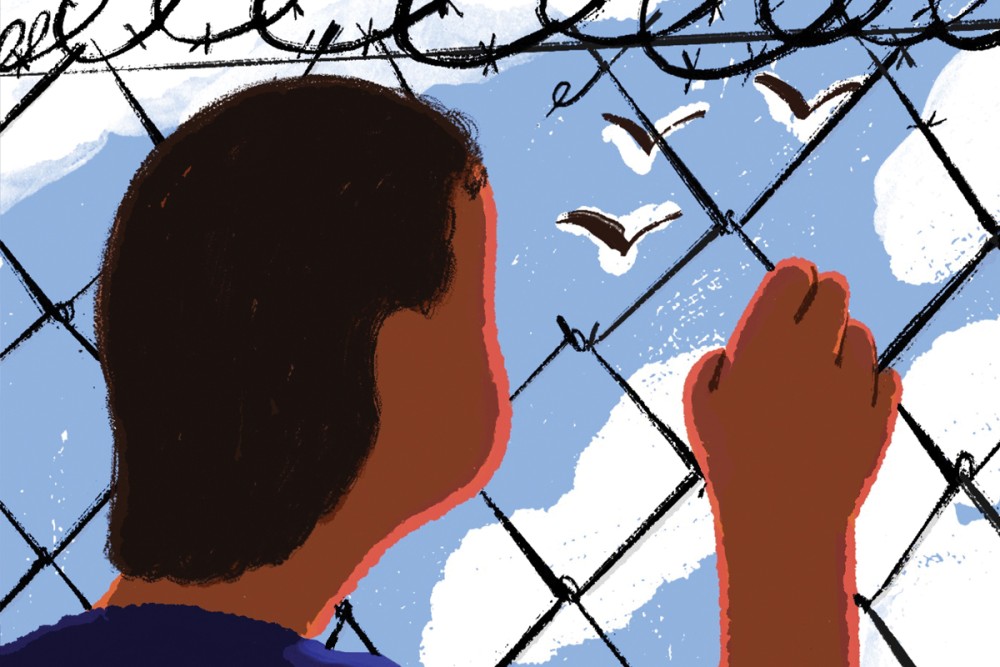The border is everywhere
For example, it runs right through a detention center in Mississippi.

I’ve been involved for years in the US immigration system—as a translator, as an observer and witness, as a communications professional for a legal services nonprofit. What began as a few hours of volunteering once a week is now a full-time job, a book, and as close as I’ve ever come to experiencing a calling. In all these years, I’ve encountered the border not just in its physical manifestation as a line on the earth in places like Tijuana and Eagle Pass, but in the tentacles that the border spreads across the country—a courtroom in Boston, a legal clinic in New York, neighborhoods in Chicago. If there was anything I learned from this time, it’s this: the border is everywhere, and everywhere it exists, it makes people’s lives harder.
No place is this truer than at an immigration detention center. We all heard about quickly thrown together, ad hoc detention centers during the Trump era: tent cities in parking lots or underpasses, big rooms full of people under the kind of shiny aluminum blankets they give to marathon runners, bad food, bad conditions, bad medical care. However, there’s another kind of detention center, one that looks much more like a prison. This kind has been in operation since long before the Trump administration and will continue to be in operation long after.
At the end of 2019, I visited one such detention center, in a small town in Mississippi. Mississippi isn’t exactly known as a border state, but here was an ICE-contracted detention center, run by a private corporation, that held hundreds of men who had recently crossed the border and, in many cases, were trying to ask for asylum. Other wings of the facility served as a state prison, full of other men who were serving out sentences similarly assigned by a deeply unjust system.



